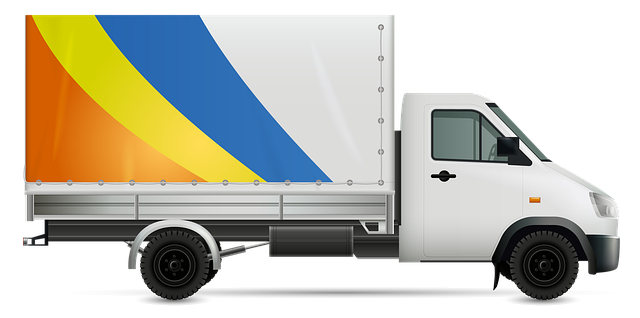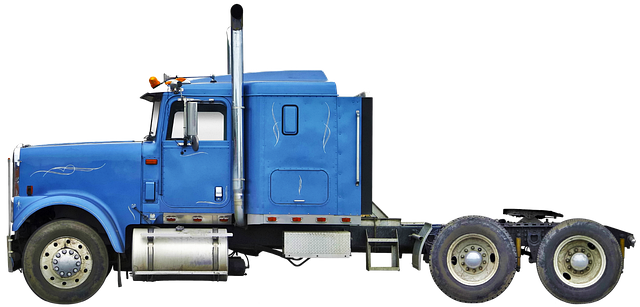Registering a car in California involves several steps, starting with understanding the Vehicle Identification Number (VIN) verification process. This crucial step ensures your vehicle’s authenticity. Gather essential documents like proof of ownership, insurance, and identification. Choose the right registration type based on your vehicle’s age and use. Pay the corresponding fee using accepted methods. Processing times vary; be patient while submitting applications. Learn important maintenance steps to keep your registered vehicle in top condition. Don’t forget to utilize a VIN verifier for a seamless experience throughout the process.
- Understanding the Vehicle Identification Number (VIN) Verification Process in California
- Gathering Necessary Documents for Car Registration
- Choosing an Appropriate Registration Type and Fee Payment
- Submitting Applications and Processing Times
- Maintaining Your Registered Vehicle: Important Steps and Considerations
Understanding the Vehicle Identification Number (VIN) Verification Process in California

In California, understanding the Vehicle Identification Number (VIN) verification process is crucial for a seamless car registration. VIN, a unique code imprinted on every vehicle, serves as the key to authenticating its history and specifications. The state’s Department of Motor Vehicles (DMV) requires this verification as part of the registration procedure to combat fraud and ensure only legitimate vehicles are on the road. This process involves cross-referencing the provided VIN with data from national databases to confirm its validity, ownership history, and any recorded issues.
California residents can opt for a mobile vin inspection or verification service, offering convenience by allowing this crucial step to be completed at the car’s location. This alternative to traditional vin inspection provides significant benefits, especially for those who may have difficulty visiting a DMV office. With a simple process involving a certified professional and specialized equipment, mobile vin verification ensures accuracy and swiftness in the registration journey.
Gathering Necessary Documents for Car Registration

Before you start the registration process, it’s crucial to gather all the essential documents required by the California Department of Motor Vehicles (DMV). One key document is the Vehicle Identification Number (VIN) verifier, which can be obtained through a mobile VIN inspection or a traditional vin inspection service. This unique identifier ensures the accuracy of your vehicle’s information and is a critical step in the registration process.
Additionally, you’ll need to provide proof of insurance, a valid driver’s license, and the title or lease agreement for the car. It’s advisable to double-check with the DMV for any specific requirements as certain documents may be needed based on your vehicle’s age or type. Having these in order will streamline the registration process when you visit a DMV field office or use their online services.
Choosing an Appropriate Registration Type and Fee Payment

When registering your car in California, understanding the different registration types is crucial. Your choice will depend on factors like vehicle age and intended use. For instance, new vehicles typically require a standard registration, while older cars might qualify for lower fees through classic or historic registration programs. It’s also important to check if your vehicle is eligible for any discounts or special rates based on its emission status or alternative fuel type.
Payment methods vary, but typically you can opt for online payments or visit a local DMV office. While many transactions can be conveniently handled online, some vehicles may require additional verification like a mobile vin inspection or vin inspection to ensure authenticity and avoid fraud. Utilize reliable vin verification services to streamline the process and ensure a legitimate registration experience.
Submitting Applications and Processing Times

When registering your car in California, submitting the necessary applications is just the first step. The process involves multiple parties, including the California Department of Motor Vehicles (DMV) and a certified vehicle inspector. After you’ve filled out the Application for Title and Registration (form DVF 140), you’ll need to schedule an appointment for a mobile vin verification or mobile vin inspection. This is where a qualified inspector will confirm key details about your vehicle, such as its identity and history, by using the Vehicle Identification Number (VIN).
Processing times can vary depending on various factors, including the time of year and current DMV workload. On average, it typically takes around 10 business days for the DMV to process the application and issue the registration. Once approved, you’ll receive your vehicle’s new title and registration documents in the mail. Always ensure accurate information is provided to expedite the mobile vin verification or inspection process and avoid any delays in completing your car registration.
Maintaining Your Registered Vehicle: Important Steps and Considerations

Maintaining a registered vehicle involves several important steps to ensure compliance with California’s regulations and keep your vehicle in top condition. One crucial aspect is staying up-to-date with your Vehicle Identification Number (VIN) inspection or verification, which can be done through a mobile VIN inspection service. Regularly checking your VIN helps verify the authenticity of your vehicle’s history, including any accidents, maintenance records, and previous ownership details.
By utilizing these services, you ensure that your car remains legally registered and that all necessary documents are accurate. This is especially important when selling or transferring ownership, as it provides a layer of protection for both parties involved. Maintaining proper records and conducting regular VIN verifications contributes to a seamless vehicle registration process in California.
Registering a car in California involves several steps, from VIN verification using a reliable vin verifier to gathering essential documents. By choosing the right registration type and making prompt fee payments, you can ensure a smooth process. Remember to maintain your registered vehicle by staying up-to-date with annual renewals and keeping accurate records. Following these guidelines will help you navigate California’s car registration requirements efficiently.
